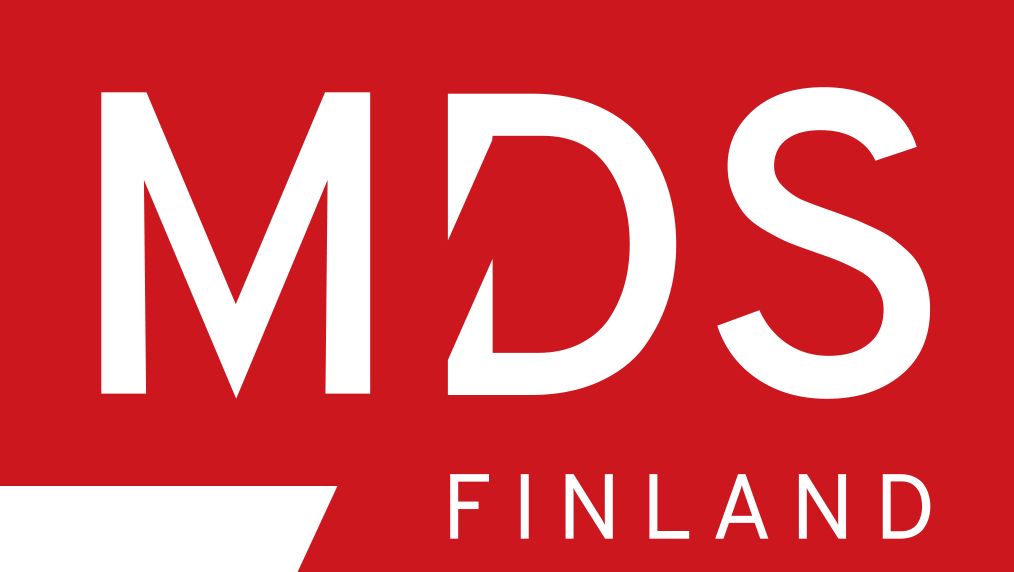Throughout this spring, we’ve seen firsthand how medical device companies navigate the complex landscape of MDR—not only during audits but in the day-to-day realities of quality system maintenance. One insight has become increasingly clear: even well-established companies can struggle with fragmented documentation, unclear ownership, and outdated processes. These issues are some of the most common sources of nonconformities during MDR audits and TDA evaluations.
The Danger of Patchwork Documentation
Many quality system deviations begin with documentation that is out of date, lacks proper version control, or isn’t effectively maintained. Whether the company is new to MDR or already holds a CE certificate, these challenges are universal. The more manual and disorganized the documentation, the harder it becomes to ensure compliance and traceability.
Without clearly assigned document owners and systematic review cycles, it’s easy for approvals to slip or for outdated documents to stay in circulation. And during an audit, that can create significant hurdles. The most successful organizations build structured processes that assign clear responsibility for content and upkeep, all the way up to leadership level.
When eQMS Is No Longer Optional
Manual systems can only take a company so far. For manufacturers growing in scale or complexity, transitioning to an electronic quality management system (eQMS) is no longer a luxury—it’s a strategic decision. Not only does it improve documentation control and audit readiness, it significantly reduces the risk of human error and lost data.
At MDS, we’ve helped clients evaluate, select, and implement eQMS solutions that fit their size, regulatory needs, and timeline. Just as important, we know when the right moment is to make that transition and how to ensure it supports—not disrupts—your ongoing operations.
MDR Is More Than the Regulation Alone
Meeting MDR requirements isn’t just about the regulation itself—it’s about understanding how MDR interacts with national laws, other directives like EMC and RoHS, and emerging expectations around standards like ISO 14971 for risk management. Notified bodies often raise observations based on discussions with national competent authorities (NCAs), such as Fimea, making it important to understand the broader regulatory context.
For example, notified bodies ask for explicit checklists that a device truly conforms to the risk management standard it claims to meet. Saying “we follow the standard” isn’t enough—you need to demonstrate it!
We also support clients with the unique requirements of electronic instructions for use (eIFU), a commonly misunderstood area. With experience in what notified bodies are really looking for, we help manufacturers stay compliant while keeping usability in mind.
Support Beyond Certification
Once MDR certification is achieved, the work doesn’t end. We help clients maintain and evolve their quality systems through post-market surveillance (PMS), PSURs, PRRC activities, and more. We’re also there when expansion to new markets—such as FDA approval for the U.S.—becomes a strategic goal.
Whether you’re preparing for your first audit or looking to bring order to a mature but disjointed documentation system, MDS is here to guide your quality management process with clarity, efficiency, and confidence.
We’re here to help
To learn more about how our services can support your device compliance, contact us at sales@mdsfinland.com or schedule a consultation via Book a Meeting.
